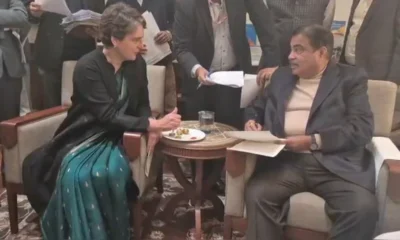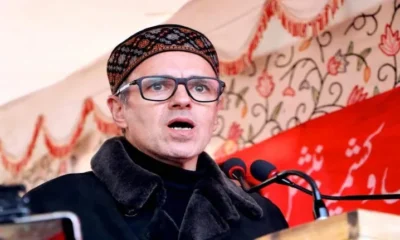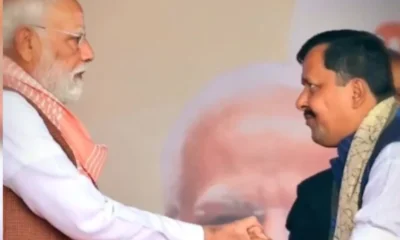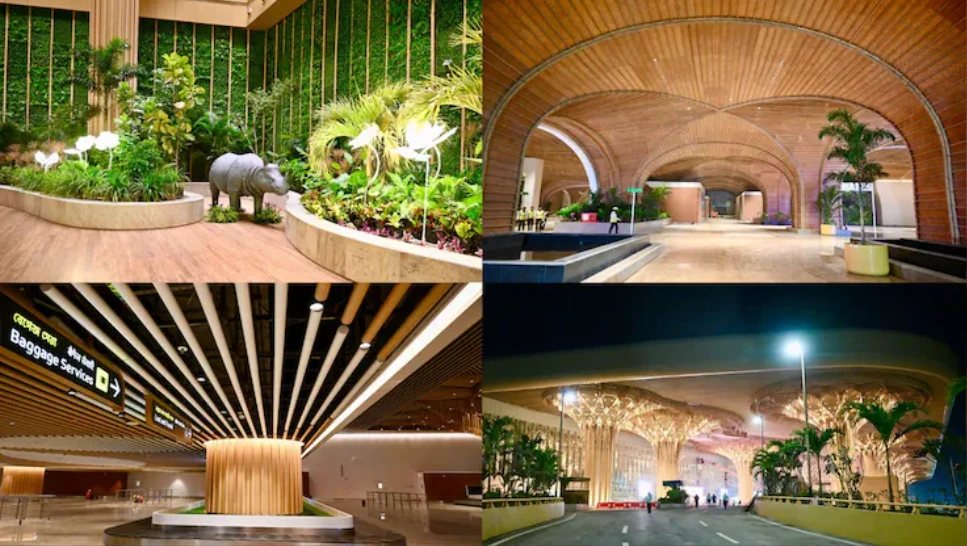[vc_row][vc_column][vc_column_text]The Union Cabinet approved highway projects worth around Rs 7 trillion on Tuesday, Bharatmala project finally approved
In a move that paves the way for a major boost to India’s surface transport infrastructure, the Union Cabinet headed by Prime Minister Narendra Modi, on Tuesday, approved a slew of highway projects, including the ambitious over 20000-km-long Bharatmala.
The projects are collectively are pegged at an estimated cost of a staggering Rs7 trillion. These highway projects are to be executed within the next five years.
Aimed at pushing economic activity and generating at least 32 crore man days across the country in the next five years, this biggest ever highway development plan to be approved by the Modi Cabinet hopes to develop and expand approximately 83,000 km of roads at an investment of Rs 6.9 lakh crore (Rs 7 trillion) by 2022. The Bharatmala highway project alone is estimated to cover a vast network of 28,400 km – connecting border areas of the country.
The focus of the plan is to improve speed of traffic flow on key corridors by providing uniform four-lane roads between two identified points. Most of these corridors will be shorter and access-controlled for faster movement of cargo vehicles.
“The new highway development programme is both building roads and improving mobility to reduce logistic cost. Better road network and rolling out of smart-tag based tolling will transform the road transport sector”, a report in the Times of India said quoting an official privy to the Cabinet’s decision.
The development comes barely few months after Union minister for surface transport Nitin Gadkari declared that the central government will soon launch the first phase of the Bharatmala project. The Cabinet’s approval can also be seen as a personal victory for Gadkari, whose performance as the Union transport minister has been applauded within the BJP circles – and also by the Prime Minister – primarily because he has managed to carry out his mandate of developing India’s roads and highway infrastructure without attracting any controversies or being embroiled in scams. It was largely due to this performance record that Gadkari was tipped for a promotion as the Union railway minister in September this year – an offer he reportedly declined because he didn’t want any additional responsibilities.
Given that the Cabinet’s approval for the mega-infrastructure plan comes close on the heels of the high-stakes Assembly polls in Gujarat and Himachal Pradesh – both states where the Congress and BJP are in a direct contest – it is expected that Prime Minister Narendra Modi and his party will use the decision as an example of their commitment to development.
The Bharatmala project – a pet plan of the BJP government – is the second largest highways project after National Highways Development Project (NHDP) that saw development of about 50,000km. Detailed project reports of the Bharatmala project have been in the process of finalisation for over two years now.
News agency PTI quoted an official privy to the decision to outline that the Cabinet’s decision also includes economic corridor developments aimed at faster movement of cargo. The government had earlier planned to develop economic corridors with a length of about 21,000km besides 14,000km of feeder routes.
The corridors included Mumbai-Cochin-Kanyakumari, Bengaluru-Mangaluru, Hyderabad-Panaji and Sambalpur-Ranchi, to name a few. A study under the proposed Bharatmala project by global consultancy firm AT Kearney had identified 44 economic corridors. The Prime Minister’s Office, earlier this year, had asked for Public Investment Board’s (PIB) clearance to the first phase of the project.
With the Indian economy still reeling under slow growth and investor sentiment being severely dented in the aftermath of demonetisation and the rollout of the Goods and Services Tax regime, it is expected that 70 per cent of the sanctioned highway projects will be implemented through government funding. According to a report in the Times of India: “about one-third of the investment will come from fuel cess, over one-fourth from market borrowing and the rest from budgetary support, private investment and auctioning of completed highways.”
National Highways Authority of India(NHAI) has already prepared detailed project reports (DPRs) for about 10,000 km of the identified network, which will help faster roll out of projects.
What, however, remains unclear at the moment is how the Modi government plans to ensure that land acquisition for this mammoth and ambitious mega-project will be executed without attracted protests and controversies.[/vc_column_text][/vc_column][/vc_row]


 Cricket news23 hours ago
Cricket news23 hours ago
 Cricket news9 hours ago
Cricket news9 hours ago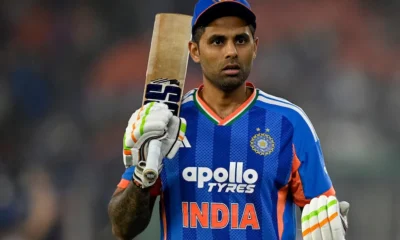
 Cricket news24 hours ago
Cricket news24 hours ago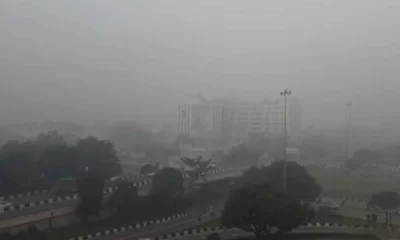
 India News9 hours ago
India News9 hours ago
 Entertainment24 hours ago
Entertainment24 hours ago
 Cricket news10 hours ago
Cricket news10 hours ago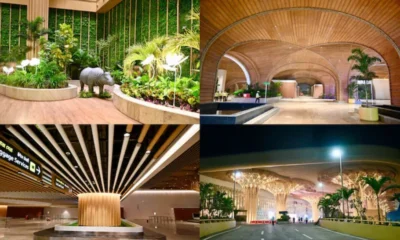
 India News10 hours ago
India News10 hours ago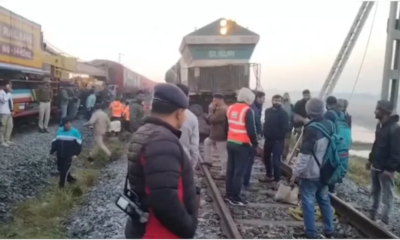
 India News10 hours ago
India News10 hours ago
